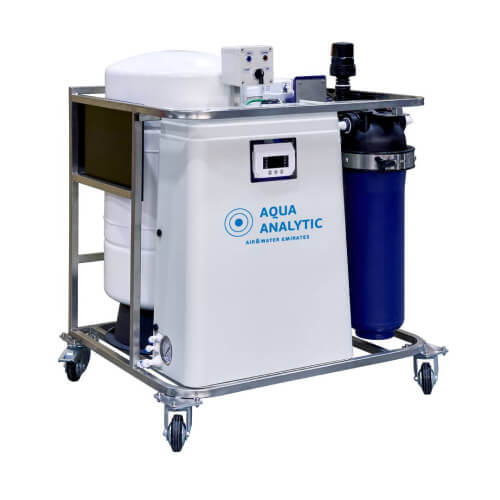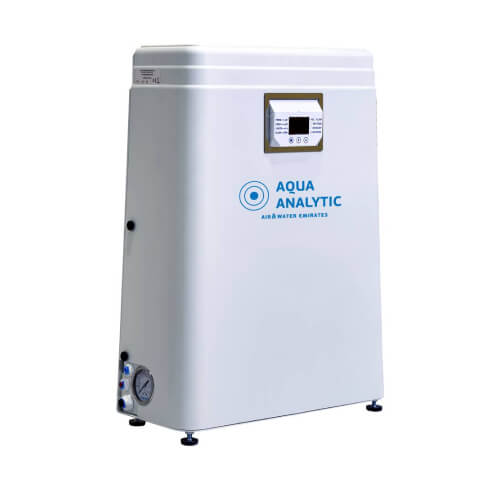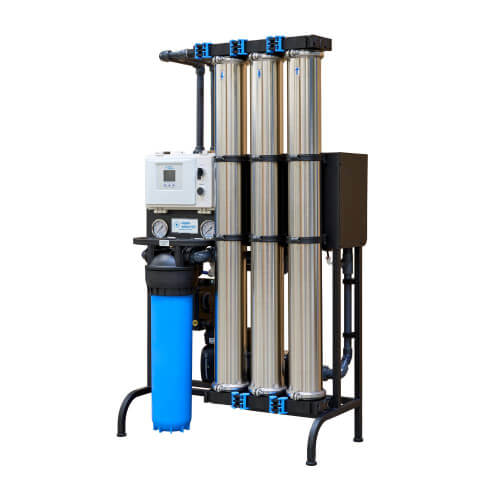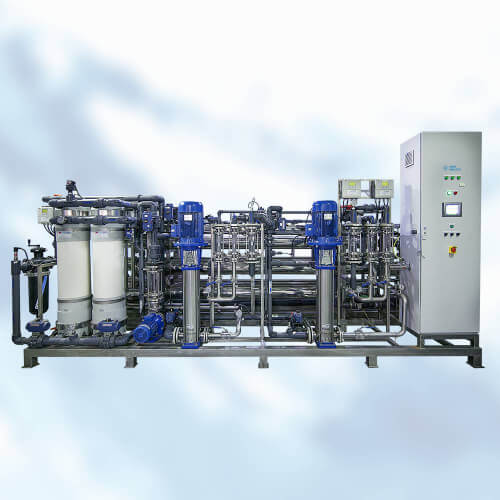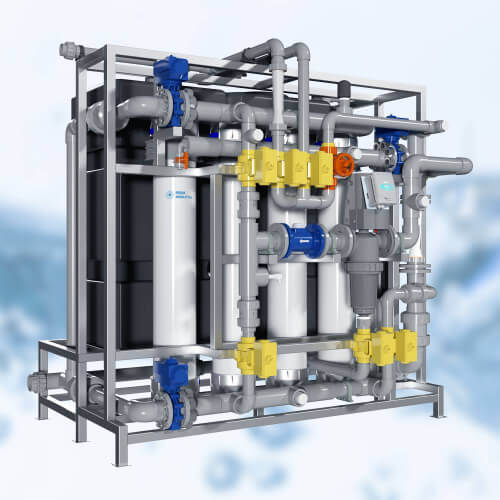Recent Posts
Your Water Treatment Needs Reverse Osmosis
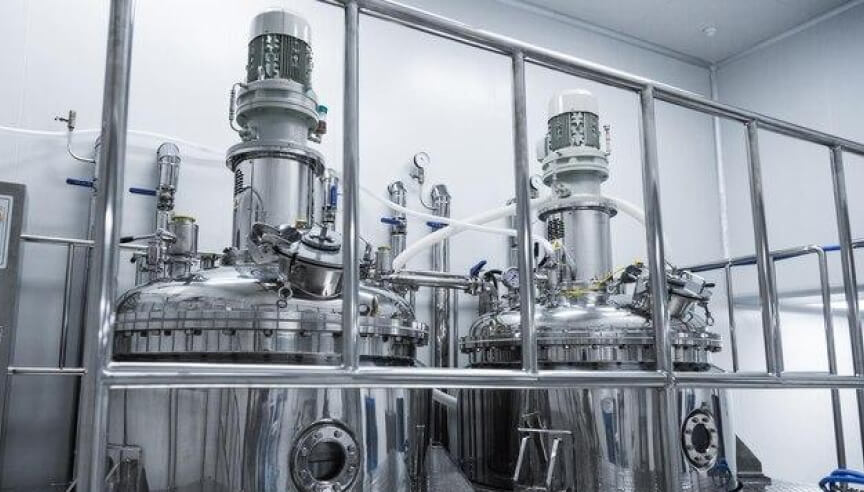
Signs Your Water Treatment Needs Reverse Osmosis
Water is the elixir of life, vital for our health and everyday activities. But what happens when the water we rely on becomes compromised? Whether it’s at home or in an industrial setting, the quality of water is paramount. When regular water treatment methods fall short, reverse osmosis (RO) emerges as a crucial solution. But how do you know when it’s time to turn to RO for your water treatment needs?
Here are some telltale signs that your water treatment system might require the precision of reverse osmosis:
1. Persistent Quality Issues:
If you notice consistent problems with your water quality despite employing conventional treatment methods, it’s a red flag. Issues like unusual taste, odor, or visible impurities may persist, indicating that your current system isn’t effectively removing contaminants.
2. Elevated Total Dissolved Solids (TDS) Levels:
Testing your water for TDS can reveal dissolved minerals, salts, or metals. A rising TDS level could indicate a need for RO. Elevated TDS can affect taste, lead to scale buildup in pipes and appliances, and potentially pose health risks if certain contaminants exceed safe levels.
3. Inadequate Removal of Specific Contaminants:
While some filtration systems handle common impurities, they might struggle with specific pollutants like arsenic, fluoride, or nitrates. If these contaminants are prevalent in your water source, RO’s fine membrane pores can effectively filter them out.
4. Desire for Purified Drinking Water:
For those seeking high-quality, purified drinking water at home or in commercial settings, reverse osmosis is a top-tier option. It produces clean, great-tasting water, free from many impurities, making it ideal for hydration, cooking, and brewing beverages.
5. Addressing Health Concerns:
Health considerations can be a primary motivator for adopting RO. If your water source contains microbial contaminants or toxins, RO’s ability to block bacteria, viruses, and certain chemicals becomes invaluable for safeguarding health.
6. Extending Appliance Longevity:
High TDS levels can damage appliances like coffee makers, dishwashers, and water heaters by causing scale buildup. Employing RO can extend the lifespan of these appliances by providing cleaner water, reducing the risk of mineral deposits.
7. Regulatory Compliance:
In industries where water quality standards are strictly regulated, meeting these standards is non-negotiable. Reverse osmosis can serve as an effective method to ensure compliance with stringent water quality regulations.
Conclusion:
Reverse osmosis stands out as a sophisticated water treatment solution, offering unparalleled purification capabilities. When conventional methods fall short or when specific water quality demands arise, RO emerges as a reliable choice.
Recognizing the signs that your water treatment system requires the precision and thoroughness of reverse osmosis can be pivotal in ensuring access to clean, safe, and high-quality water. Whether it’s for household use, commercial applications, or industrial processes, the implementation of RO technology can be a transformative step toward superior water quality and peace of mind.
Always consult with water quality professionals to assess your specific needs and determine if reverse osmosis is the right fit for your water treatment requirements.

